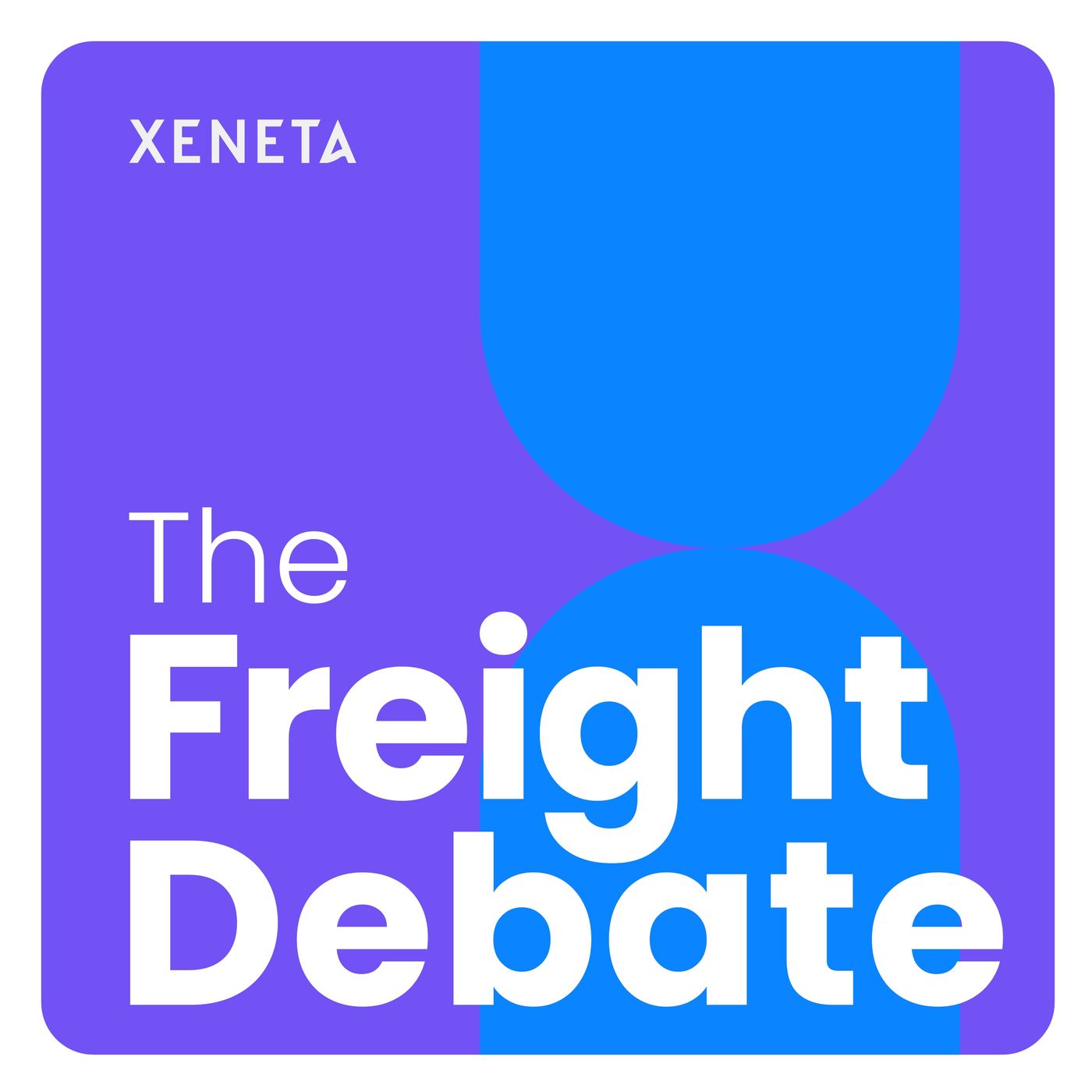The Freight Debate
Podcast Description
The Freight Debate is where industry disruptors and innovators collide.Each episode, we challenge the status quo, explore bold ideas, and break down the biggest shifts shaping ocean and air logistics. From tackling market volatility and pricing transparency to uncovering the tech and trends redefining global trade, we bring real talk, real insights, and real solutions. With expert insights and fresh perspectives, this is the podcast for those who don’t just navigate change—they drive it.
Podcast Insights
Content Themes
This podcast covers themes related to ocean and air logistics, focusing on critical issues such as market volatility, pricing transparency, and technological advancements. Notable episodes include discussions about US port fees affecting Chinese shipping and insights into alliance strategies for supply chain optimization.

The Freight Debate is where industry disruptors and innovators collide.
Each episode, we challenge the status quo, explore bold ideas, and break down the biggest shifts shaping ocean and air logistics. From tackling market volatility and pricing transparency to uncovering the tech and trends redefining global trade, we bring real talk, real insights, and real solutions. With expert insights and fresh perspectives, this is the podcast for those who don’t just navigate change—they drive it.
When Plan A fails, what separates reactive companies from resilient ones?
In this episode of The Freight Debate, host Phil Hennessy talks with Martha Christina, procurement leader at Linde, about how procurement teams keep global supply chains moving through volatility, regulation shifts, and rising freight costs.
Martha shares how her team balances speed, safety, and spend in high-stakes gas supply chains from localizing suppliers and cutting carbon impact to finding the right “Plan D” when every other option collapses. It’s a rare look inside the mindset of procurement under pressure and the discipline it takes to stay calm when the world turns chaotic.
🔔 Love the podcast? Don’t forget to subscribe and rate us!
📧 Want to work with us? Learn more at xeneta.com

Disclaimer
This podcast’s information is provided for general reference and was obtained from publicly accessible sources. The Podcast Collaborative neither produces nor verifies the content, accuracy, or suitability of this podcast. Views and opinions belong solely to the podcast creators and guests.
For a complete disclaimer, please see our Full Disclaimer on the archive page. The Podcast Collaborative bears no responsibility for the podcast’s themes, language, or overall content. Listener discretion is advised. Read our Terms of Use and Privacy Policy for more details.